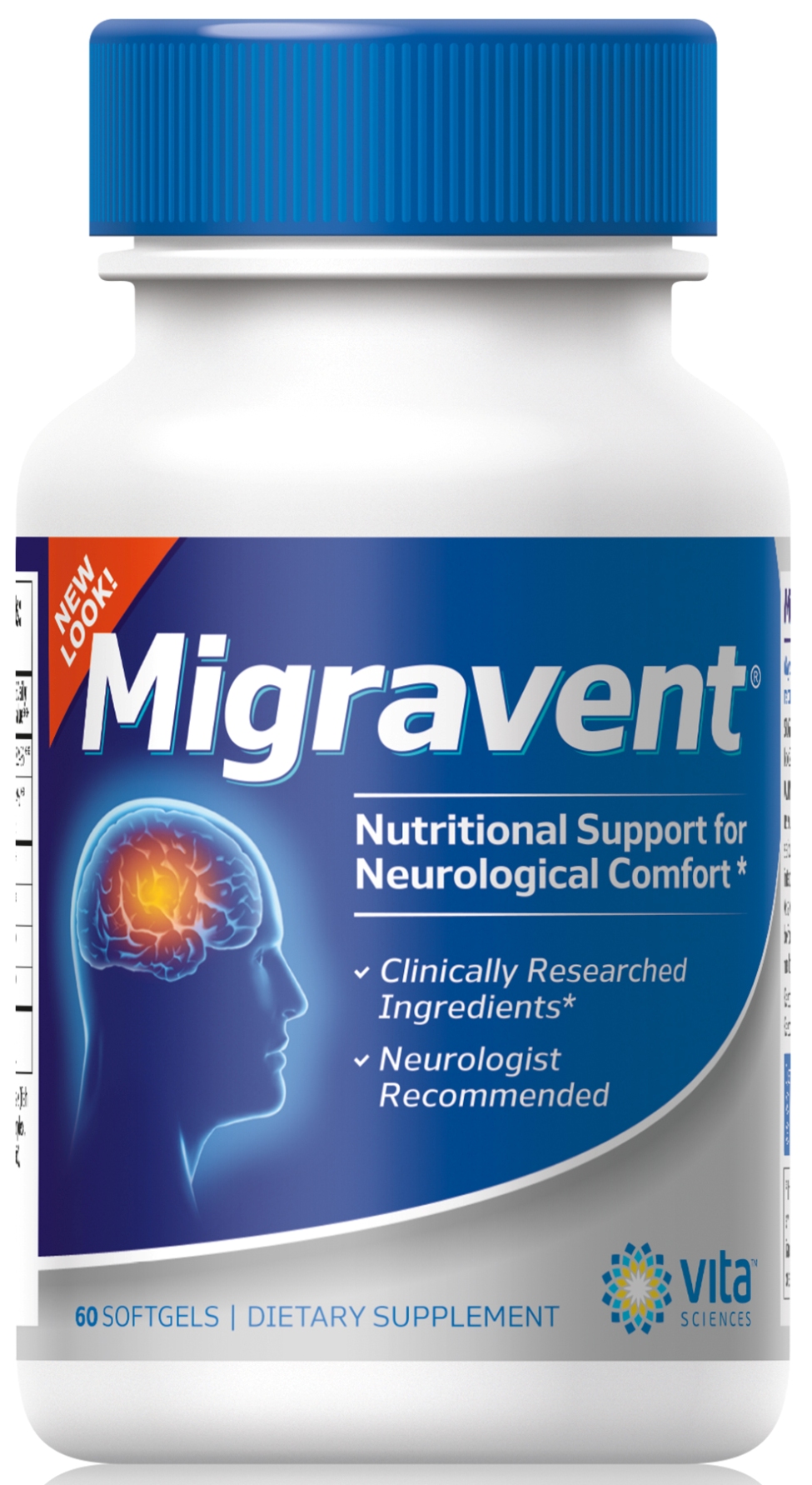Statistically, more women than men have migraines. However, those statistics might be skewed. There is increasing evidence that most men tend not to seek advice from headache experts about their migraines, and thus remain undiagnosed. So there may be many more male migraine sufferers out there than we realize, suffering silently.
Man-graines are for men
Picture the allegorical male driver with the road map who won’t stop to ask directions. Only in this case, the map is bright pink with hearts and flowers printed on the cover. Where can he turn for help, when his only road map is written in female-ese, and his gut instincts tell him to press onward?
Because while there is a plethora of advice about migraine headaches directed solely at women, there is very little information or attention focused on the male experience in migraine illness.
Yet, millions of men do get migraines, and they suffer just as badly as female migraineurs.
They just don’t have their own support group.
Man up!
Men have a tendency to “beat themselves up more.” They are very physically active, and are more likely to let of steam by engaging in contact sports, rather than “talking about it.” This type of emotional denial takes its toll on a person, and can be the cause of migraine headaches when the family history is there.
Migraines: What are they, and what can be done for them?
Sports headache
In male migraineurs who haven’t inherited the migraine gene, the cause of the migraine headaches may result from sports injuries. Whiplash, concussions, and a history of sudden jolts to the upper neck can cause misalignment of the upper neck area, resulting in structural problems that can lead to migraines.
Another bloody migraine…
Prolonged tension or stress in the neck or nerves can cause vasospasm in the neck and head. Vasospasm is a constriction of the blood vessels. Ischemia is the restriction of blood supply, meaning lack of oxygen supply. Vasospasm is thought to cause “ischemia” to those parts of the brain and head that those blood vessels supply. The constant constriction and opening of these blood vessels causes a pulsating effect in migraines as well as the migraine headache pain itself.
Migraine lifestyles
Lifestyle factors are also a consideration, and may contribute to other migraine triggers, compounding the effect. Alcohol consumption, caffeinated foods, intake of monosodium glutamate, intake of nitrates, hunger, lack of sleep, and fatigue can increase migraines both in men and women.
Migraine prevention
It thus makes sense that the following steps should be taken to help prevent migraines:
- Get a good night’s sleep.
- Exercise to loosen muscles, including the neck and shoulder muscles. (This is especially helpful for men with migraines, as increasing flexibility can help to release a buildup of stress in the neck and shoulder muscles that are common to many men.)
- Stay away from problem foods, such as coffee, alcoholic beverages and convenience foods which have a lot of nitrates or monosodium glutamate and often lead to strong headaches.
- Take vitamins and supplements that sustain vascular health and neurological wellness in migraine sufferers.
- Learn relaxation techniques to reduce stress, such as breathing exercises, yoga, and meditation.
- Avoid intense stimuli such as bright lights, flashing lights, loud music, and loud noise from TV or computers.
- Avoid dehydration headaches by drinking plenty of water throughout the day.
Your turn!
Do you have any questions or suggestions? Please leave your comments below.
Share with your friends!
If you found this article helpful, then please share with your friends, family, and coworkers by email, twitter, or Facebook.
Like this? Read more:
Magnesium- Still Magnificent for Migraines
3 Reasons to Get a Migraine Alert Dog
Jordin Sparks Sparkles without Migraines
Image courtesy of David Castillo Dominici



